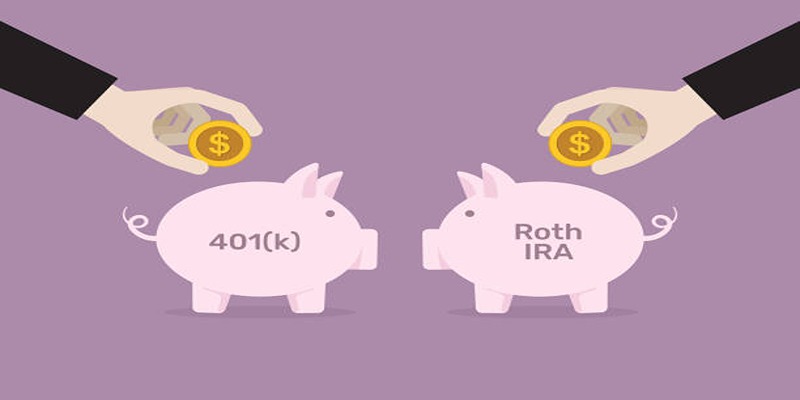The Complete Guide to Refinancing Your Private Student Loans
Refinancing your private student loans can be a smart way to save money and simplify your payments. By replacing your current loan with a new one, you may get a lower interest rate or better terms. This could help reduce your monthly payments or even pay off your debt faster. Refinancing is not for everyone, and it’s important to understand how it works and if it’s right for you. This guide will walk you through everything you need to know about refinancing private student loans.
What is Refinancing?

Refinancing your private student loans can be a smart financial move, but understanding how it works is key to deciding if it’s right for you. Essentially, refinancing means replacing your existing loan(s) with a new one that offers different terms. This could include a lower interest rate, a revised repayment timeline whether longer or shorter or a combination of both. The primary goal is to save money on interest and/or make your monthly payments more manageable. By exploring refinancing, you can potentially reduce your financial burden and gain greater control over your payments.
When Should You Consider Refinancing?
Refinancing can be a great option for those looking to lower their monthly payments or save money on interest over the long term. Here are some situations where you may want to consider refinancing your private student loans:
- Interest rates have dropped since you first took out your loans
- Your credit score has improved significantly since you first took out your loans
- You’re struggling to make your monthly payments and need a lower payment option
- Your current loan terms aren’t ideal and you want to find a better fit for your financial situation
Steps to Refinance Your Private Student Loans
Refinancing your private student loans may feel overwhelming at first, but breaking it into clear, manageable steps can simplify the process. Here’s a step-by-step guide to help you navigate refinancing and take control of your loans:
Evaluate Your Financial Situation
Before applying for refinancing, take a close look at your financial health. Review your credit score, income, and current expenses to ensure you qualify for a better loan. Lenders typically look for a strong credit score and a stable source of income when approving refinancing applications.
Research Lenders and Compare Offers
Different lenders offer different interest rates, terms, and benefits. Take the time to shop around and compare offers from multiple lenders. Look for low interest rates and flexibility in repayment terms, but also consider customer reviews and additional perks, such as unemployment protection or co-signer release options.
Gather Necessary Documents
Refinancing requires submitting appropriate documentation to your chosen lender. Commonly required documents include proof of income (e.g., pay stubs or tax returns), a government-issued ID, and information about your current loans. Having these ready ahead of time can streamline the application process.
Submit Your Application
Once you’ve chosen a lender, complete and submit their refinancing application. Be sure to carefully review the terms and conditions before applying. If your application is approved, the lender will offer you a loan with new terms.
Review and Accept the Terms
After receiving an offer, review all the details. Ensure that the new interest rate, repayment term, and monthly payment align with your financial goals. If everything looks good, accept the offer to finalize the loan.
Pay Off Your Original Loans
Once the refinancing process is complete, the new lender will typically pay off your original private student loans. From that point forward, you’ll begin making payments on the new loan under the agreed-upon terms.
Stay Consistent with Payments
After refinancing, it’s crucial to remain consistent with your monthly payments. Consider setting up autopay if your lender offers it, as this can help you avoid missed payments and may even qualify you for a discount on your interest rate.
By following these steps, you can successfully refinance your private student loans and potentially save money while simplifying your repayment process.
Benefits of Refinancing Private Student Loans
Refinancing can offer several benefits for borrowers. Here are some of the potential advantages of refinancing your private student loans:
- Lower interest rates: If you qualify for a lower interest rate than what you currently have, you could save money over the life of your loan.
- Reduced monthly payments: By extending your repayment term, refinancing can help lower your monthly payment and make it more affordable.
- One monthly payment: Refinancing allows you to combine multiple loans into one, making it easier to manage your payments and stay on track.
- Flexible repayment options: Some lenders offer flexibility in repayment terms, such as the option to defer payments or make interest-only payments for a certain period of time.
- Potential to release a co-signer: If you had a co-signer on your original loans, refinancing could potentially allow them to be released from their obligation.
Keep in mind that the benefits of refinancing may vary depending on your individual financial situation and the terms offered by different lenders.
Common Mistakes to Avoid When Refinancing Private Student Loans

While refinancing can be a beneficial option for many borrowers, there are also some common mistakes that should be avoided. These include:
- Not researching multiple lenders: Choosing the first lender you come across may result in missing out on better terms or benefits from other lenders.
- Failing to read and understand the terms: It’s important to carefully review all the terms and conditions of a refinanced loan before accepting it. This includes any potential fees or penalties for early repayment.
- Choosing only based on interest rate: While a lower interest rate is typically favorable, it’s also important to consider other factors such as customer reviews and additional perks offered by different lenders.
- Ignoring federal loan benefits: Refinancing federal student loans with a private lender can mean forfeiting valuable benefits, including income-driven repayment plans and potential loan forgiveness opportunities. Be sure to weigh these trade-offs carefully before making your decision.
Conclusion
When considering refinancing options, it is essential to approach the process with care and avoid common mistakes. By researching multiple lenders, reading and understanding the terms and conditions, considering factors beyond just the interest rate, and being mindful of the benefits associated with federal loans, borrowers can make informed decisions that align with their financial goals. Refinancing can be a valuable tool to save money and simplify loan repayment, but it should be pursued with caution and a thorough understanding of the implications.












